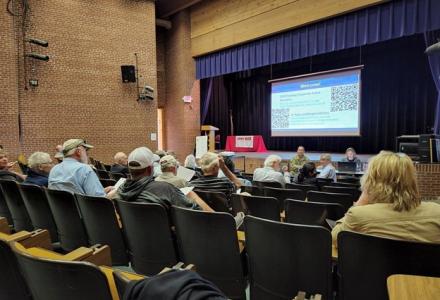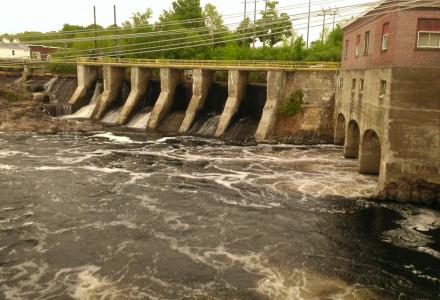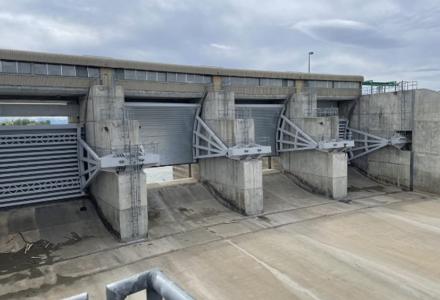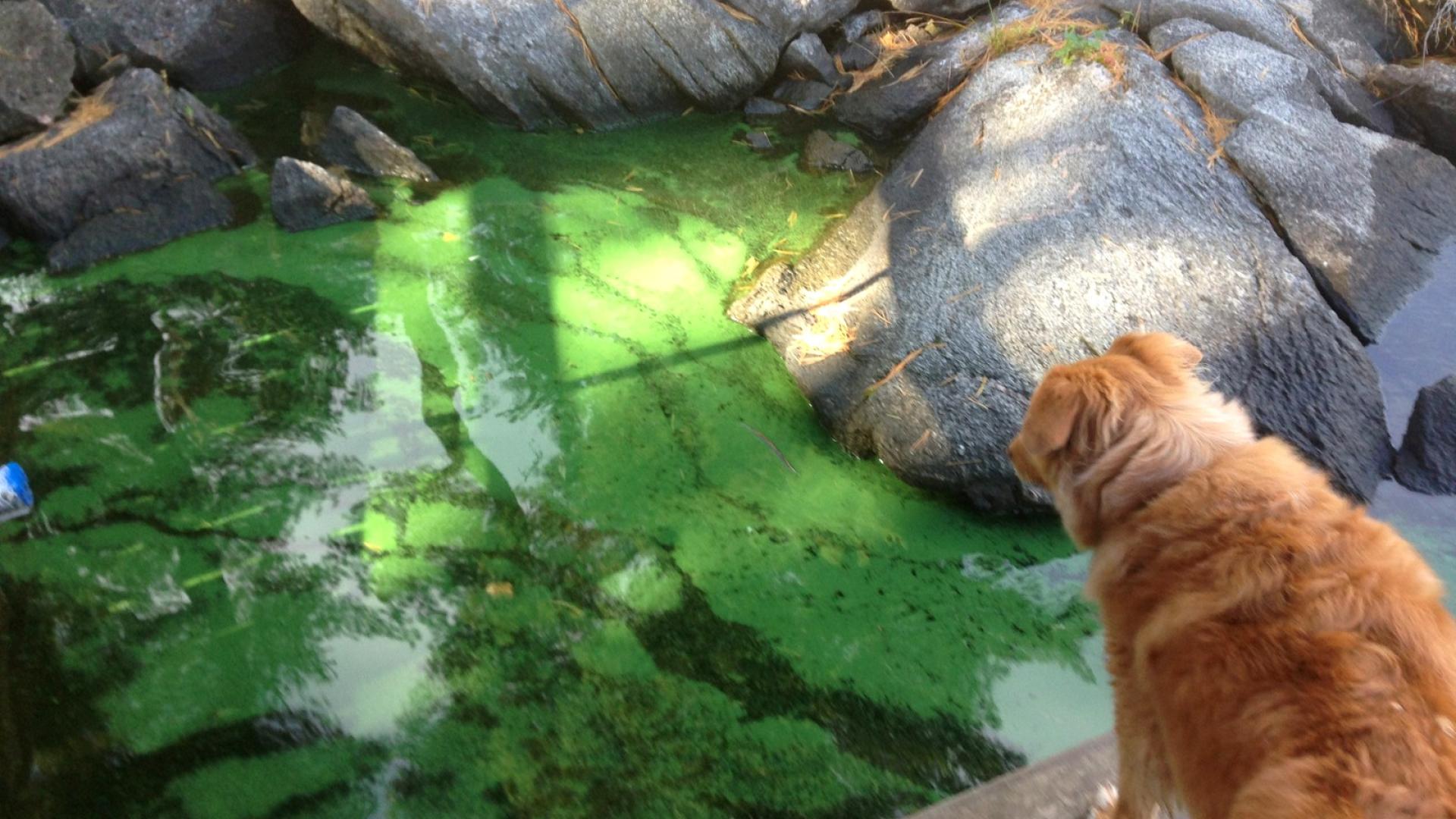
The view from space tells a dramatic story – Lake of the Woods was plagued with exceptionally bad outbreaks of blue-green algae again this summer and fall, underlining the need for governments to fund and move forward with the Lake of the Woods Basin Water Quality Plan of Study through the International Joint Commission.
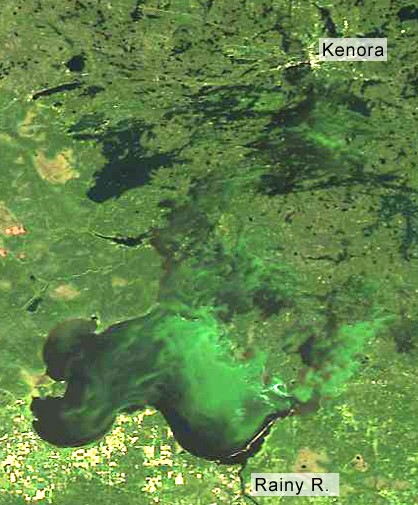
The picture above is not of a little green puddle. It is a satellite image of Lake of the Woods showing massive blooms of blue-green algae covering much of the lake’s surface area of 4,000 square kilometers, from Rainy River in the south to the lake’s outlet at Kenora, Ontario. The view up close was equally stark, with algae fouling beaches, drinking water and fishing nets.
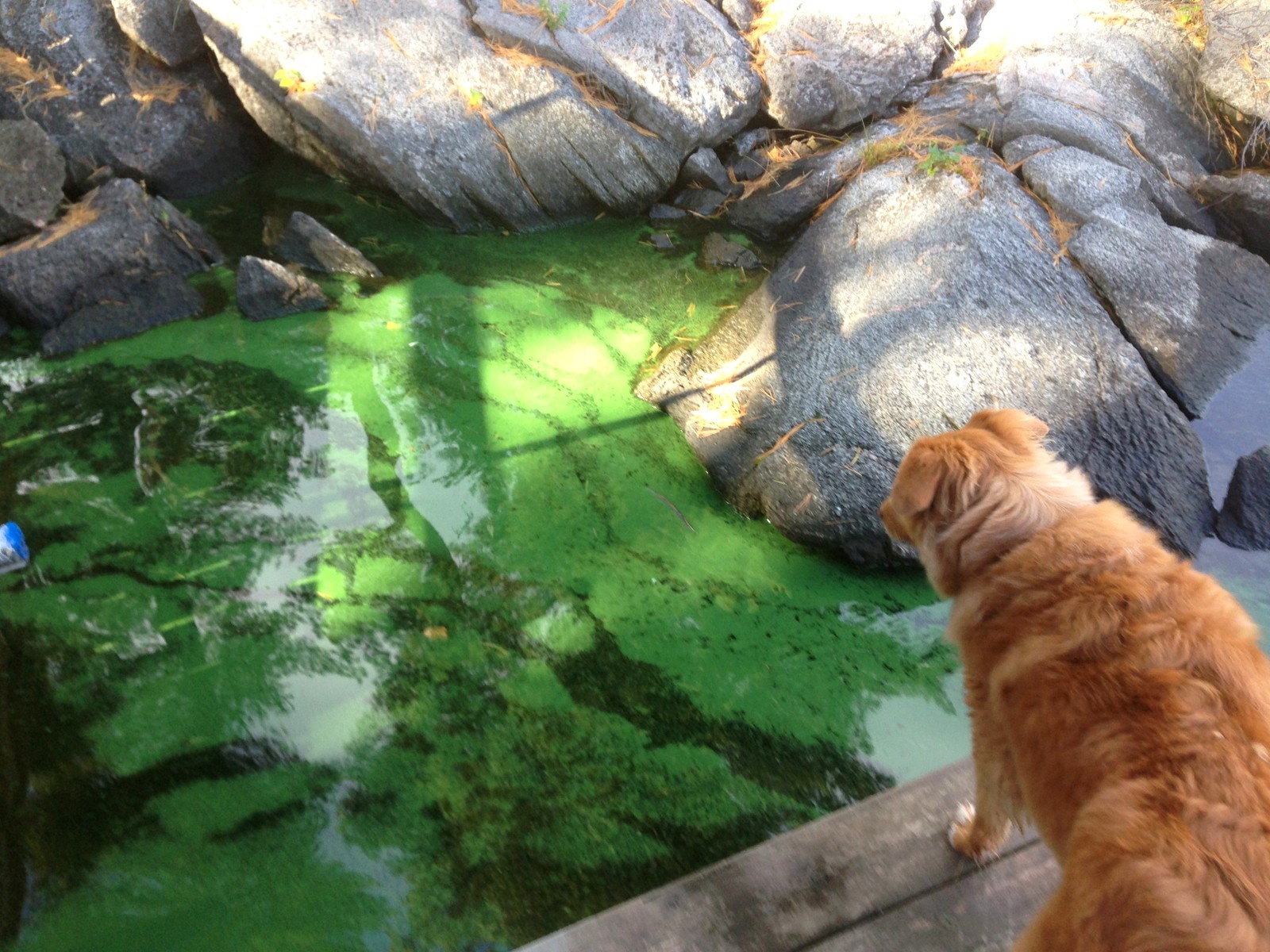
Shocking? Sure, but blue-green blooms and threats posed by algal toxins are not a new concern for people using the waters of Lake of the Woods – they are a perennial problem and it’s time for action.
We have a plan for action. It’s called the Lake of the Woods Basin Water Quality Plan of Study. The keystone of the plan is an international nutrient management strategy to combat harmful algal blooms and reduce the economic, recreational and human health threats posed by the widespread blue-green algal blooms and associated toxins.
The plight of Lake of the Woods was highlighted during board appearances at the IJC Semi-Annual Meeting in Ottawa in October. But it’s been nearly a year since the Plan of Study was submitted by the IJC to the Canadian and U.S. governments and 11 years since the IJC first advised the governments of the binational problem with nutrients and algae on Lake of the Woods.
On Lake of the Woods, we are fortunate to have the IJC and its International Rainy-Lake of the Woods Watershed Board to provide the binational framework for governments and agencies, First Nations, Métis, U.S. Tribes and the public to work together to implement the plan. For the past two years, the public has assembled by the hundreds at meetings of the Watershed Board in the basin, voicing strong support for the Plan of Study and urging governments to “get on with it.”
What’s needed now? Implement the Plan of Study. At a total estimated cost of $8.4 million, 32 projects in the Plan would support a broadly-based and coordinated binational approach to address specific challenges facing the basin. Lake of the Woods deserves no less.

Executive director of the Lake of the Woods Water Sustainability Foundation (LOWWSF) in Kenora, Ontario, and a member of the IJC Rainy-Lake of the Woods Watershed Board.


